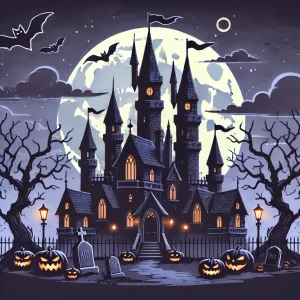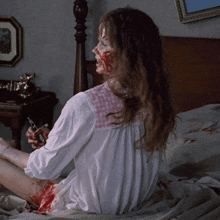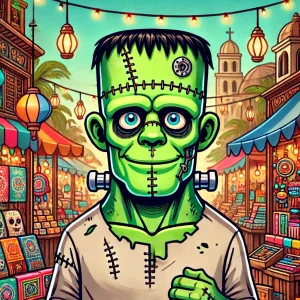Today, when the sun sets, children will go out dressed in costumes to ask for candy. No matter how much effort they put into scaring, their mischief is charming. However, U.S. market and macroeconomic numbers could frighten more than Freddy Krueger himself, as reviewed by New York Life Investments.

Rates Rise in the Markets’ Tower of Terror
Interest rates have been rising as strong economic growth and persistent inflation have discouraged hopes for rapid Fed rate cuts. The drop in rates from July to October was based on expectations of an aggressive rate-cutting cycle, but the reality is that the economy hasn’t changed enough to justify such a move, according to the asset manager. With stable growth and a steady labor market, the outlook points to higher rates.
The rise in long-term yields, however, is likely related to the increased chances of a “red wave” in the last two weeks. The market is pricing in the potential impact of some of Trump’s worst fiscal policies, along with a significantly higher Treasury supply.
The Exorcist’s Girl: Public Debt Is Losing Effectiveness

Nothing was scarier than the scene in “The Exorcist” when the girl starts rotating her head 360 degrees. Investors feel similar terror watching the increase and inefficiency of U.S. public debt.
In the past, public spending financed by debt used to have a greater “multiplier effect” on GDP: every borrowed dollar could generate more than a dollar of economic activity. But as debt levels rise, that multiplier tends to diminish. Additionally, as debt levels increase, more public spending goes towards servicing existing debt rather than funding productive investments, limiting fiscal flexibility and reducing the overall economic benefit of borrowing.
“We see an electoral victory by either party as the greatest risk for investors, as it could lead to more aggressive debt growth compared to a divided Congress. If debt and the deficit continue to expand, it is likely that interest rates—especially long-term yields—will rise, reflecting escalating risks,” the report warns, like the priest brandishing the cross in the movie, but with little success.
Frankenstein at the Market Bazaar: The Nightmare for Small Caps, Rate Hikes Haunt the Market

Higher rates only scare if you have to pay them. Large-cap companies are better insulated as they hold more long-term and fixed-rate debt. In contrast, small caps tend to have more variable-rate debt, making them more vulnerable to higher long-term rates. This has made profitability particularly challenging for small-cap companies in the current environment.
“The recent performance of small caps has been volatile, but there are still opportunities to find winners. If the economy achieves a soft landing and growth reaccelerates—which is not our base case—we would be more confident in superior small-cap returns,” sums up New York Life Investments.
A Happy Ending or an Open Ending for a Saga
These figures come in a politically and geopolitically tense context. Additionally, weakening economies and global job losses have brought trade to the forefront. Many countries are setting trade barriers in their national interest, including the U.S.
However, this shift presents both risks and opportunities. Slower globalization could increase costs and inflation, reducing corporate margins. But it is also driving regionalization, creating opportunities in reshoring and domestic production, says the report.
As seen in horror movies, the ending will depend on how quickly the investor can run and find a safe haven or how cleverly they can overcome the situation and stake the vampire.
In terms of long-term portfolios, the asset manager suggests focusing on regions and companies that can adapt to a more fragmented global economy, such as Southeast Asia and Mexico.





 For Fórmate a Fondo
For Fórmate a Fondo